Since 2009, when my parents bought an ill advised timeshare with Starwood Hotels (now Vistana owned by Marriott), Maui has sort of become a second home to us. Though we don’t go back to the island as often as we would like (there are far too many places to see and too little time), we still go to the island almost every other year for about 10 days. We have skipped going to island the last couple of years because of my grandfather’s cancer and of course the pandemic.
Anyway over the years, I’ve developed some favorites which I thought I would share here as literally everyone heads to Hawaii this year. By no means is this a local’s guide to Maui, but I haven’t really seen too many tourists around these spots.
Waihee Valley via the Waihee Ridge Trail
The mystic Waihee Valley located inside the West Maui Mountains, northwest of Kahalui, is one of the most accessible and stunning scenes anywhere on the Hawaiian islands. I call this valley mystic for a reason, it’s often shrouded in cloud cover and heavy rain is quite frequent especially in the winter. When I first visited this valley back in 2017, I underestimated how fast the rain clouds were moving by and I got drenched in an absolute downpour while I was photographing the valley at the observation deck. While the storm seemed to pass quickly, on my way down the mountain, I lost my footing and slid a good quarter mile downhill. Luckily I wasn’t injured, but it certainly made for a muddy ride back to the hotel.
The trail is clearly demarcated on Google Maps and there is a free parking lot where you can park your car. The trail itself leads you straight up a 45 degree concrete, incline plane followed by some less steep switchbacks. While the climb can be disheartening initially up the ramp, the view from the observation deck at the 1 mile mark is jaw dropping. You just have to push yourself to get to the view:
Safety: Because of how steep this trail is it’s very easy to lose your footing and slide all the way down the mountain in slick conditions. So watch the weather and make sure there is enough light for you to make the roundtrip.
Dragon’s Teeth
Located on the north shore of Maui next to the Kapalua resort area the lava formation known as the Dragon’s Teeth (located in the Makaluapuna Point area). This is where the last lava flow which created the island of Maui met the ocean and the waves eroded it creating these teeth like formations along the shore. It’s truly a sight to behold on a stormy day when the waves are crashing against the shoreline and otherwise. I captured one of my all time favorite images on the island at this point:
Safety: always keep an eye on the waves here. I’ve sadly seen a woman get grievously injured here when a wave caught her while she was taking a selfie near the teeth. When it’s windy or stormy, the water is for sure going to be rough.
Kahakuloa Head (Pu’u Koa’e)
I find that the north coast of Maui between Kapalua and Kahalui to be in general extremely underrated. It makes sense in a way because some people can’t stomach the single lane road going to the village itself. IMHO: If you don’t have the time, energy, or stomach to drive all the way to Hana and back, you can easily settle for this drive to Kahakuloa Head (which I like to coin mini-Hana Highway). The drive can be intimidating at first, but when taken slowly it’s very manageable during daylight hours on a dry day. It’s a good way to see if you are ready to stomach the Hana Highway in the event that there is any uncertainty.
The hill is a stunning formation which rises 646 feet above the Pacific Ocean and the picturesque village by the very same name. Legend has it that Kahekili II (the first King of Maui) was actually buried at the top of this hill and used to jump off the top of the hill to the water below, before breakfast everyday.
Road Safety: I met a well seasoned traveler who said the road to this point was the scariest she had ever been on. The experience can be very similar for most if they don’t drive slowly. The only road here is a single lane road along the sea cliffs with many blind corners and few guard rails if any.
Water Safety: If you do visit the beaches on this shore, the waves can reach up to 30-50 feet in the winter so approach the water with caution. Don’t be an idiot taking selfies near the edges of rocks or cliffs.
Punulau Beach
Nestled in a cove along the Kahekili Highway on North Maui is Punulau Beach. While this beach isn’t really for swimming because the rocks along the reef are sharp and the waves are often very high, it’s a calm and uncrowded location with magnificent cliffs enclosing it. Sometimes the waves and morning mist make it seem as though there is a layer of cloud underneath the nearby cliffs.
Safety: Waves here can reach 20-30 feet high, proceed with caution in the winter time.
Nakalele Blowhole
Perhaps the main attraction for most visitors to Hawaii on the north coast of the island is the Nakalele Blowhole. A water spurts from a small hole in an underwater lava tube every few minutes creating powerful column of water reaching up to 100 feet in the air, like a geyser. Since waves are constantly crashing against the shoreline, the lava tube builds pressure regularly seaside and there is only one way the water can go, up.
The place can get quite crowded in the afternoons, but at sunrise I’ve often enjoyed sitting perched on a rock above the blowhole, just gazing out at Kahakoloa Head in the distance and listening to the waves while the geyser erupts every so often.
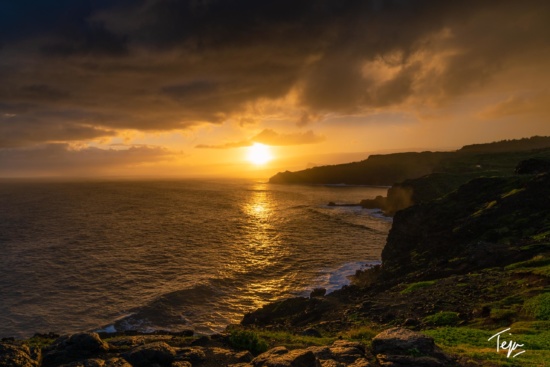
Safety: Don’t be an idiot and try to get too close to the blowhole or look into it. It’s very easy to fall into it, hit a rock, and potentially drown. The waves here in the winter are treacherous and the water from the blowhole itself can rise nearly 100 feet in the air. KEEP YOUR DISTANCE!
McGregor Point and Lighthouse
Maui is one of the ideal places for whale watching during the winter. Between November and April of every year, the North Pacific Humpback Whales (seen in Alaska in the summer) make their way to their classic breeding grounds along the coast of Maui. Many people can’t stomach the whale watching boating adventure and so the McGregor Point Lighthouse presents a very good option to see whales in the area. I recently grew fond of this location for its stargazing opportunities. Because I was too lazy to drive to Haleakala at 3 am in the morning to catch the milky way and sunrise, I had to find somewhere closer with skies dark enough to capture the night skies. Despite Kihei and the base of Haleakala being rather light polluted, the sky to the south was perfectly clear in March to catch the Milky Way just before sunrise. What a sight it was!
Getting here: the pull off to the lighthouse can be easy to miss because it is right at the last curve of the Honoapilani Highway before it heads north toward the center of the island. Traffic moves fast at times in this area so make sure to drive slowly when approaching the bend for the pull off.
Safety: This is an extremely safe location but it can get windy so stay clear of the cliff edges. Nights here are very dark (DUH, you can see the milky way) so bring a flashlight.
Kaanapali Beach @ Sunset
My last 4 recommendations may seem cliched and hackneyed, but there’s a reason why they see the most crowds. They pretty much make Maui what it is: a mysterious island paradise with a volcanic past and an unusually high number of brand name hotels. The white sands of Kanapali are littered with tourists staying at nearby extended stay resorts. Being on the drier side of the island, the beach is the ideal spot for snorkeling, swimming, and even surfing apparently in the winter. Though it’s easy to shy away from visiting the beach, the sunsets here are to die for. From here you can see both of the smaller Hawaiian islands: Lanai and Molokai just as the sun sets right between them to the west. During winter evenings, just after the day’s storms have passed by, the skies frequently erupt with fabulous colors and you can even say some whales up close if you are lucky. Watching the sunset and walking through the white sand is quite the therapeutic experience.
Summit of Haleakala
Rising just over 10,000 feet above the Pacific Ocean is Haleakala, a massive, dormant shield volcano encompassing 75% of Maui’s landmass. The best way I can sum up a trip to Haleakala is a trip to Mars. Obviously, I haven’t been to the red planet, but the Haleakala crater is exactly how you would imagine Mars to be as a kid. The red surface of the upper crater
The name Haleakala actually translates to “House of the Sun” and it acquired this name because the sun appears as though it is rising straight out from the middle of the volcanic crater at dawn. A sunrise at Haleakala (which is rather hard to witness nowadays) is often the highlight of my trips to the island. However, if you aren’t able to get reservations for the event, sunset at the top of the mountain is just as great. On this past trip, Maui was experiencing a historical rain storm so the clouds never really cleared completely, but I still saw a ridiculous scene unfold.
I was able to get a reservation for sunrise on my last day on Maui, but I simply lacked the energy or willpower to drive 3 hours from Kaanapali to see it. Stargazing at the top of Haleakala (with some of the clearest skies anywhere) is also a fantastic experience that I have yet to photograph.
Entrance: You now need reservations to enter Haleakala National Park before sunrise and spots have been limited to 50 a day. Reservations open at 7 AM HST/12 PM EST everyday and you can make them here. Just so you know: overnight camping inside the park is not allowed at the moment. So you will be kicked out of the park by the rangers if you try to stay the night for sunrise.
Tip: Carry a jacket and a monkey cap when visiting the top at dawn and dusk. The weather up there can be windy and unusually
Iao Needle (Iao Valley State Park)
Perhaps the most accessible of all sights on Maui is the Iao Needle inside the Iao Valley State Park. The park is located just minutes away from Kahalui Airport so you can cover it very easily if your flight were delayed or you had to check out of the hotel early and were looking for things to do. The needle itself is an iconic spire rising 1200 feet above the valley floor which is covered with thick rainforest. Seeing the needle doesn’t require you to take the entire 0.5 mile hike up to the top of the hill as the best view is actually located right at the bridge near the parking lot. This area is actually one of the rainiest places on the Hawaiian islands so expect low hanging clouds and brief light if any, most of the time.
Accessibility: The parking lot at the Iao Valley State Park can be closed off due to heavy rain and fills up incredibly fast on most days. The parking fee is $10 per vehicle and is paid at the machine adjacent to the parking lot.
Road to Hana and the Pillani Highway through Southern Haleakala National Park
The Road to Hana alongside Haleakala Crater are the two most iconic and unique sights on Maui. So there is no doubt whether this should be on the list during your first visit to the island. The road spans a total of 64 miles starting just outside Kahalui (near Paia) and ends near Kaupo. There are so many sights to see along the highway including dozens of named and unnamed waterfalls along with some black and red sand beaches. The most stunning part of the drive for me is the last segment called the Piilani Highway with Haleakala on the right side and the ocean on the left. I’ve personally only done the highway once so far out of my 4 trips to the island because of the time consuming nature of it and I actually did not know how to use a camera back then. Here’s an image I took so that you can have a nice laugh at my expense:
Tip: I do recommend a 4×4 for some boosted confidence on the way back from Kaupo along the Piilani Highway. There are stretches of unpaved road which can feel rough at times. Oh yeah, they say that rental car contracts become void if you drive through this area so take from that what you will…… Take it slow and you should be fine IMO.
Road Safety: If you are staying on the west coast of Maui start super early on the drive to Hana. Running out of light while on the windy roads is not a good idea because of the blind corners and single lane nature of much of the highway.
Water Safety: In the winter some of the highest waves seen anywhere on the islands can be seen along the highway. So do remember to keep an eye on the water at all times. And also: don’t pull any stunts near the 7 Sacred Pools. Jumping into the water can end with serious injury because of the rocks below.
What are some of your favorites on Maui? If you like my work, check out more of my travels on Instagram (@pvtejasvi).
View this post on Instagram
Trip Report Index:
American Airlines Business on the 777-200 DFW-OGG
Westin Nanea Ocean Villas – Maui
Hyatt Residence Club Kaanapali Beach


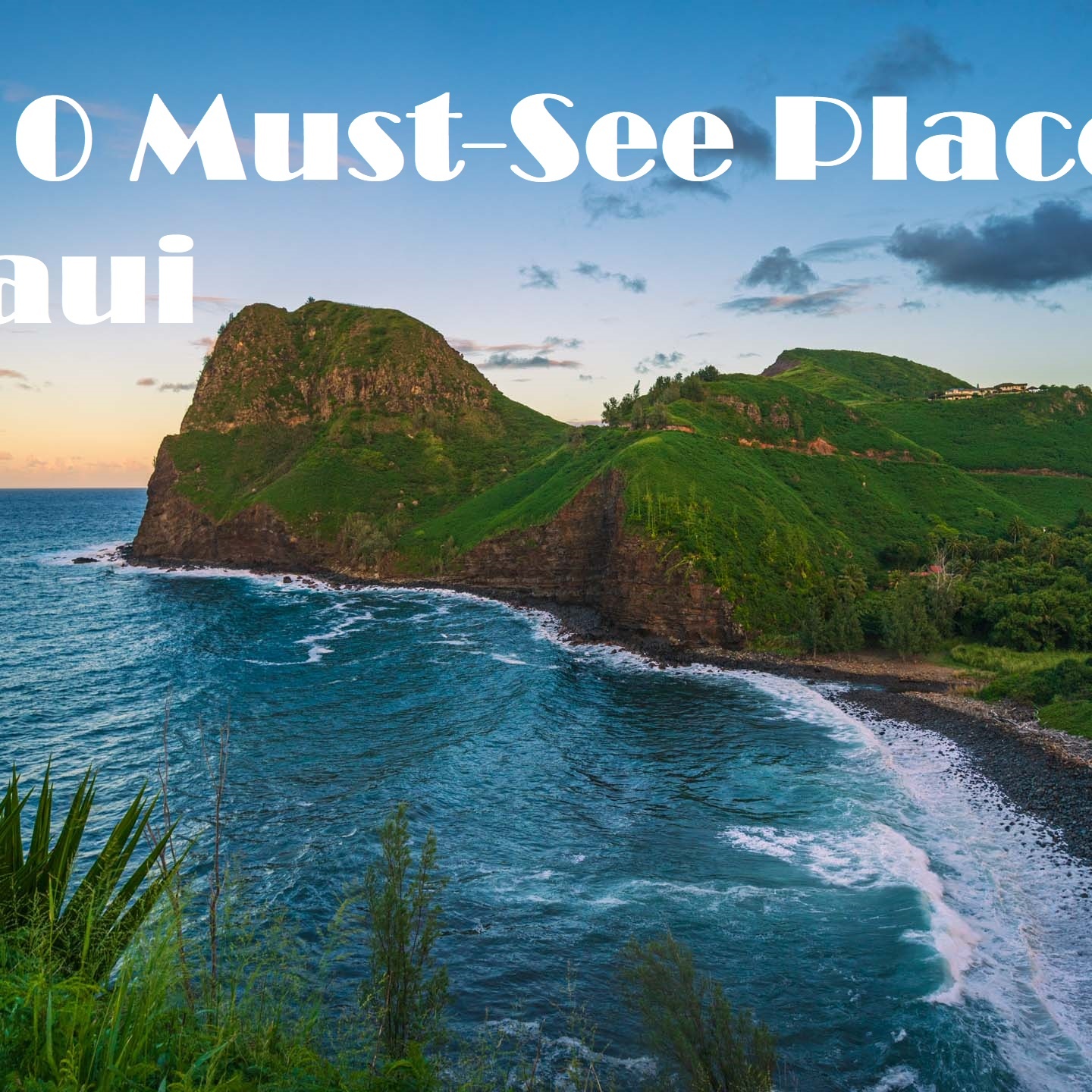

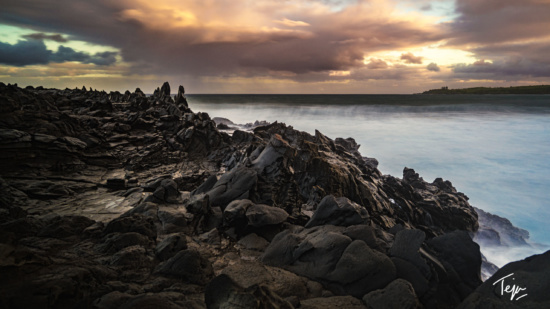
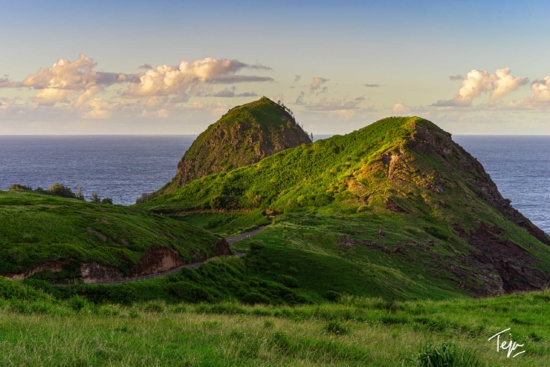
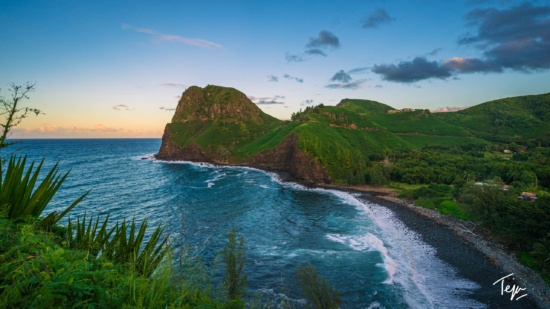
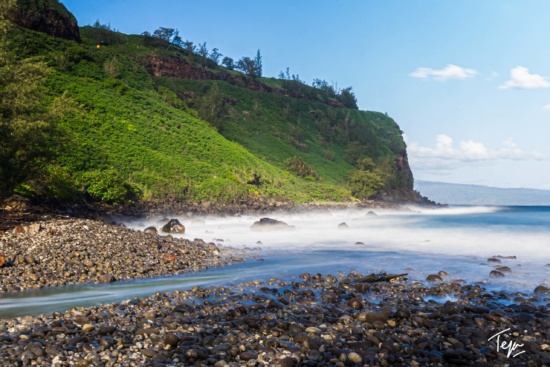
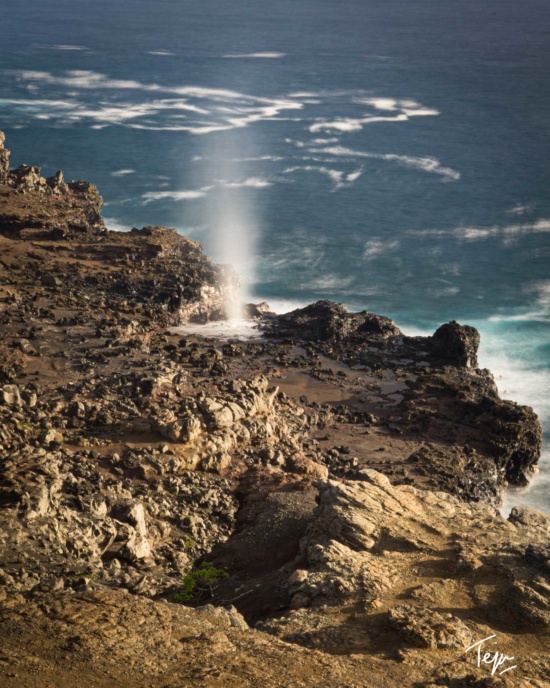
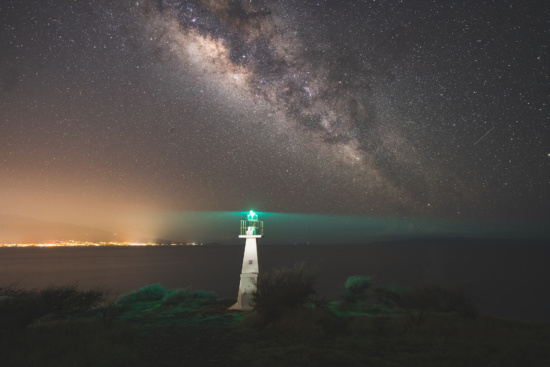
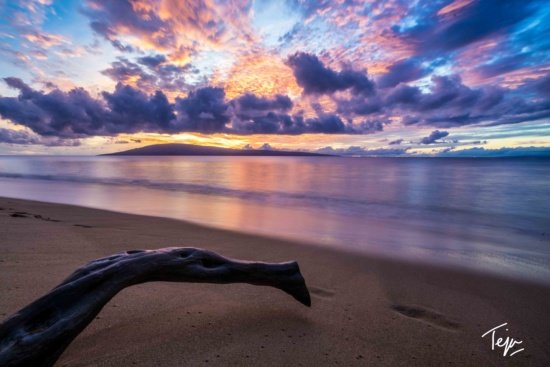

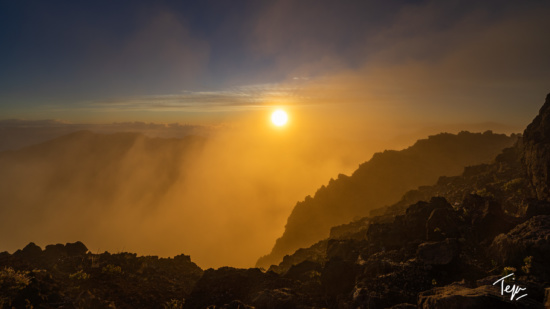
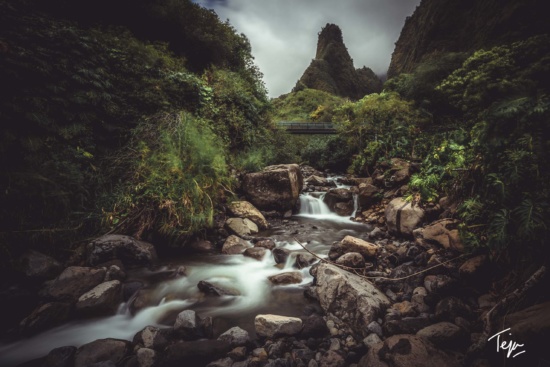
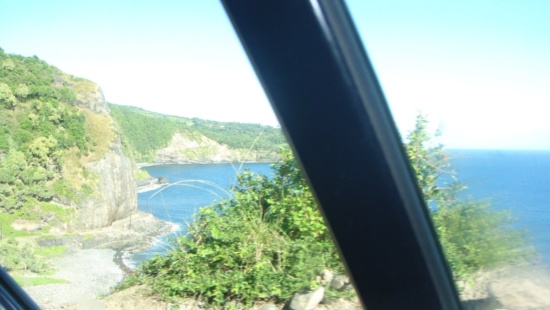
Hi Teja, Mahalo for sharing your top places on Maui. I was born and raised on Oahu, but spent my summers at my grandparents place on Maui, and your pictures were my “playground” . I now live in the Bay Area and miss my “playground.”
Thanks for reading! That’s awesome that you got to grow up in these areas. They are absolutely beautiful and definitely something to miss and be nostalgic about.
Kīpahulu, an ancient Hawai’ian settlement, is south of Hana. It is the site of Charles Lindbergh’s grave. He was the first aviator to fly solo nonstop across the Atlantic. His biography is in Wikipedia, warts and all. The drive basically all around Haleakala is long, and interesting.
Pingback: Review: Hyatt Residence Club Maui – Kanapali Beach (PANDEMIC EDITION) – Grab a Mile